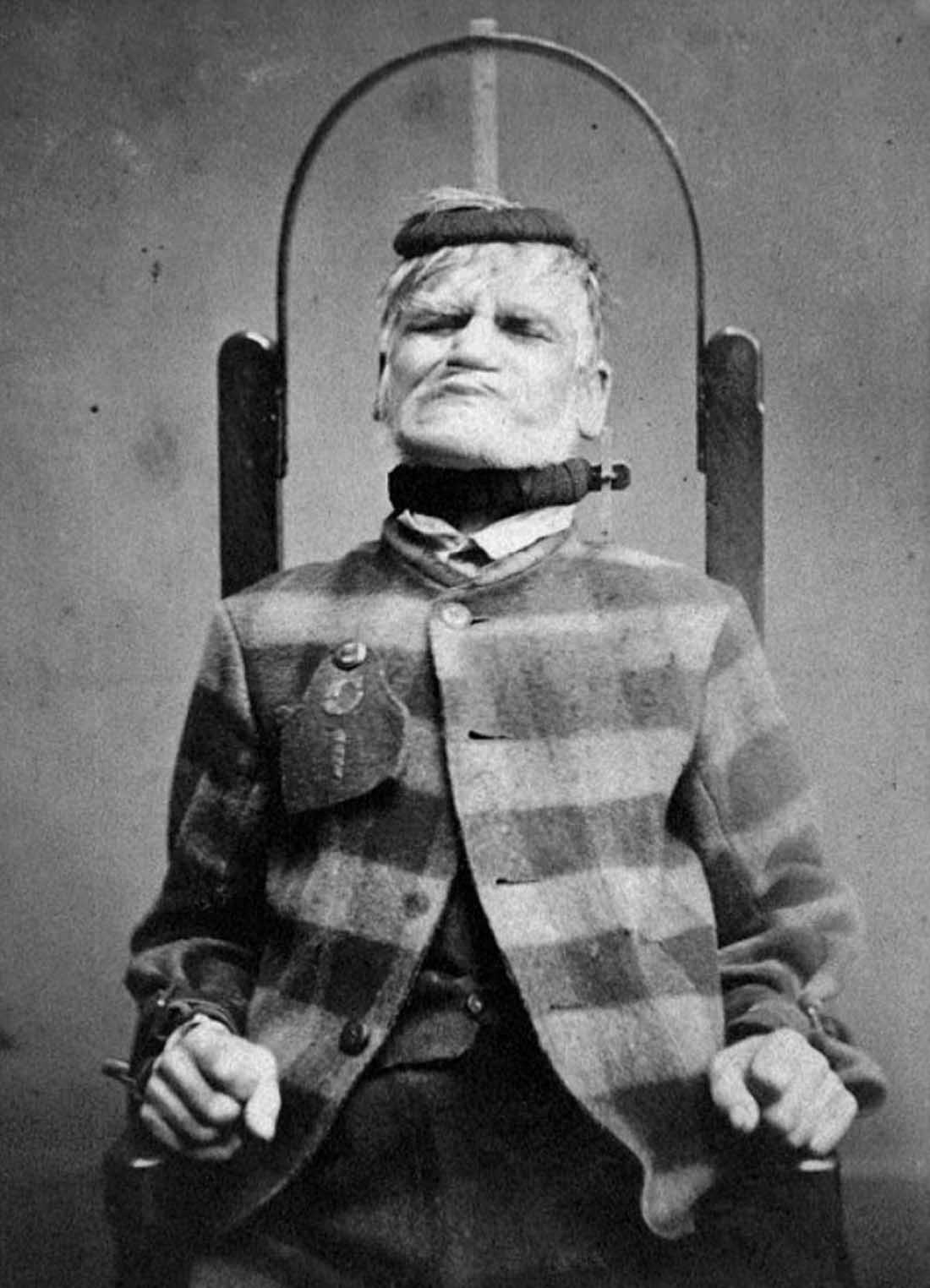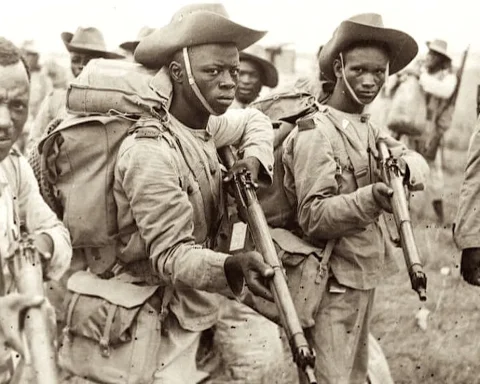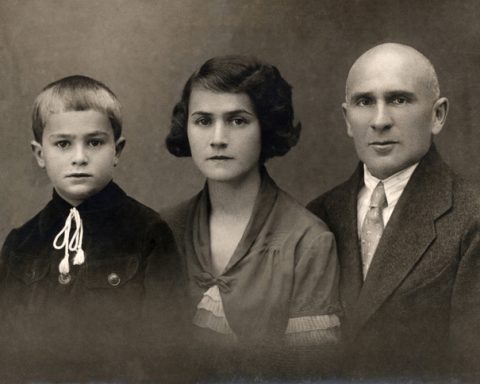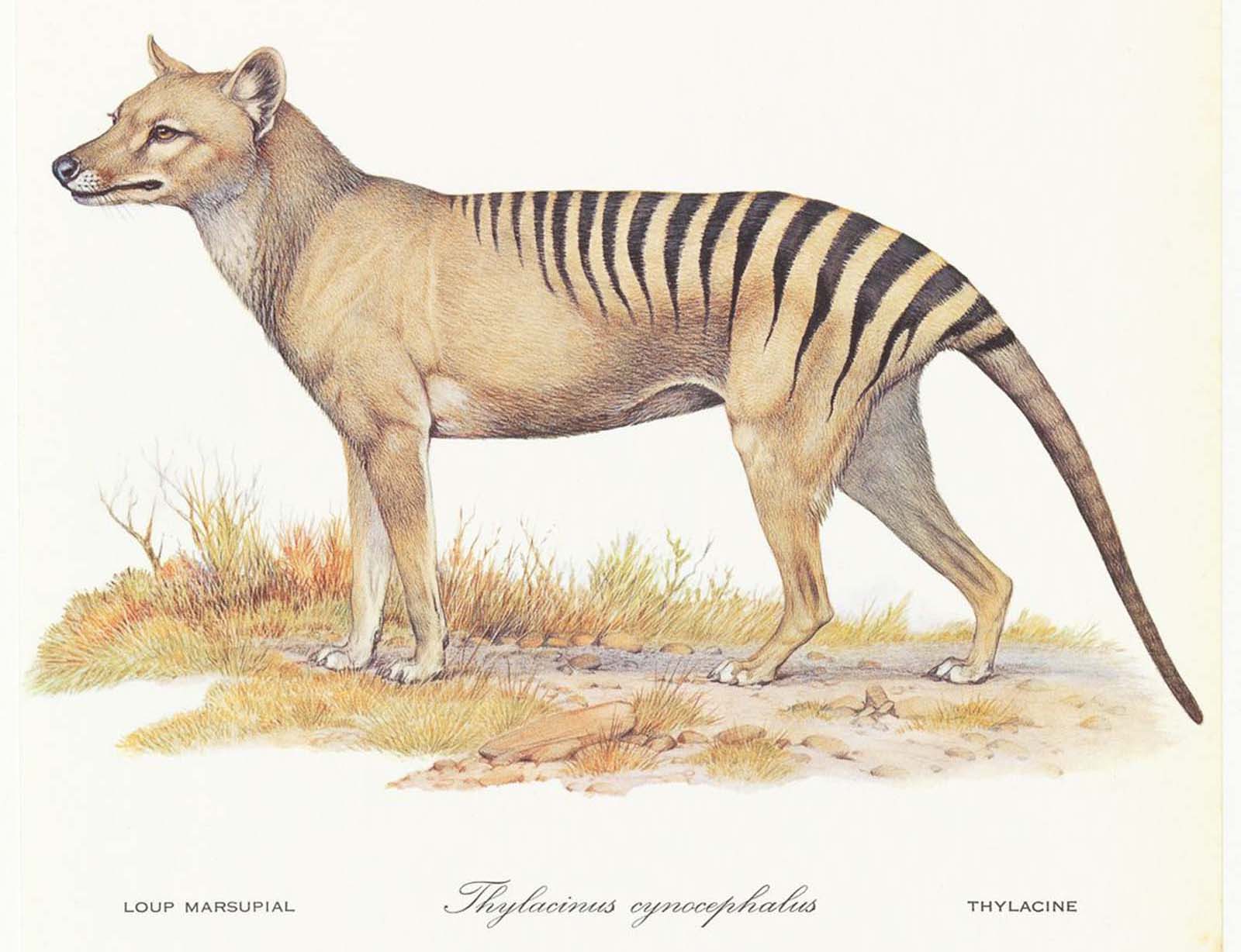
The thylacine is a carnivore known as the Tasmanian Tiger or Tasmanian Wolf because of its striped lower back. It was one of the giant carnivorous marsupials.
This animal looked like a medium-to-large-size dog. It had a stiff tail and an abdominal pouch like a kangaroo. It also had dark stripes on its back, similar to a tiger’s.
The thylacine was an undeniable apex intimidating predator; however, the size of its prey animals has been disputed.
Thylacine was first found in New Guinea and on the Australian mainland. It was then confined to Tasmania in historic times. Competition with the dingo also aided its disappearance, among the many reasons for its extinction.
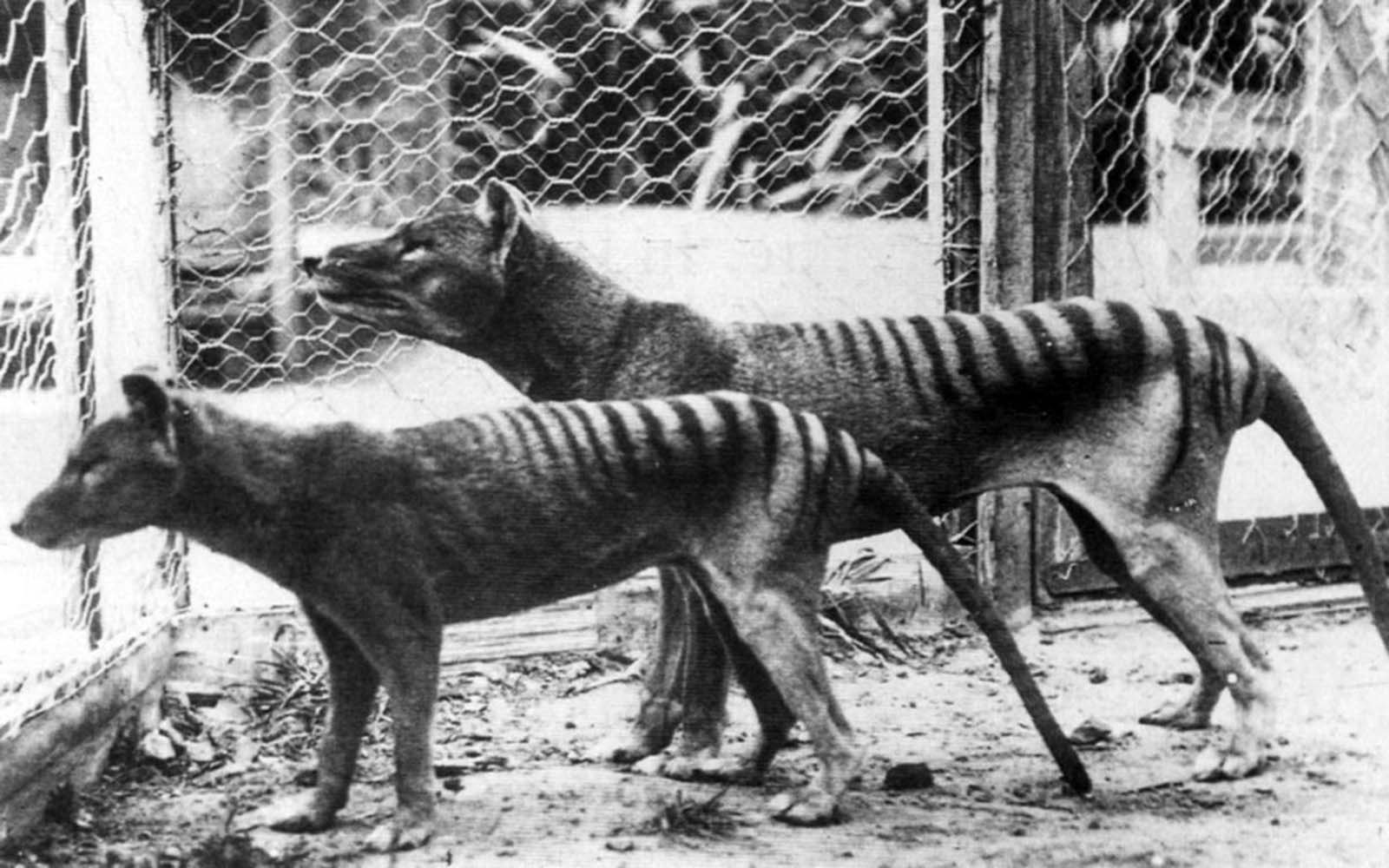
In 1792, during the Bruni d’Entrecasteaux’s expedition to Oceania, the first note that described thylacine was written. “A quadruped, the size of a large dog…of a white colour marked with black, [which] had the appearance of a wild beast”, the note read.
In March 1805, Europeans killed the first thylacine, which marked the start of the intense desire of colonists to hunt this predator.
The thylacine was considered a significant threat to sheep, which was the backbone of the colony’s economy. As a result, the Tasmanian tiger has hunted aggressively, and as early as 1830, bounty systems for the thylacine had become famous.
Farmers saved money to purchase skins. The Tasmanian Government wasn’t excluded as they introduced a bounty of £1 for a full-grown animal and 10 shillings for a juvenile animal killed in 1888.
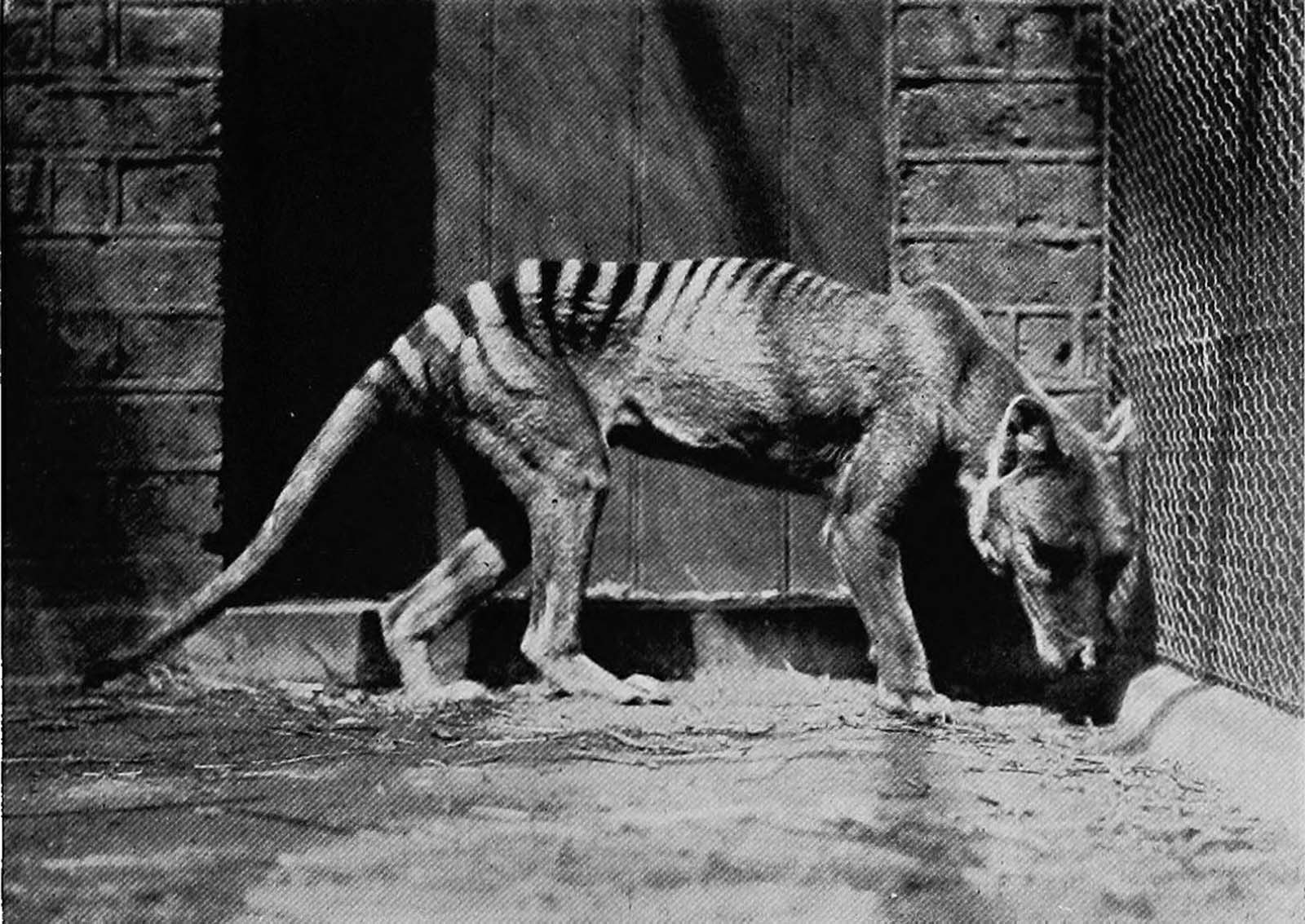
Over 2180 bounties were awarded during this period, and in 1909, the program eventually stopped. An estimate of at least 3500 thylacines was killed as a result of human hunting in the years between 1830 and the 1920s.
By 1914, it began going extinct as the last known thylacine was kept in a private zoo in Hobart. It died in 1936, and no thylacine was left two years later.
The last thylacine captured was called “Benjamin”, and Elias Churchill trapped it in the Florentine Valley in 1933. It was eventually sent to the Hobart Zoo, where it went on to live for three years. On September 7th, 1936, Benjamin died.
It has been believed that it died due to neglect. The change in its living conditions didn’t help.



